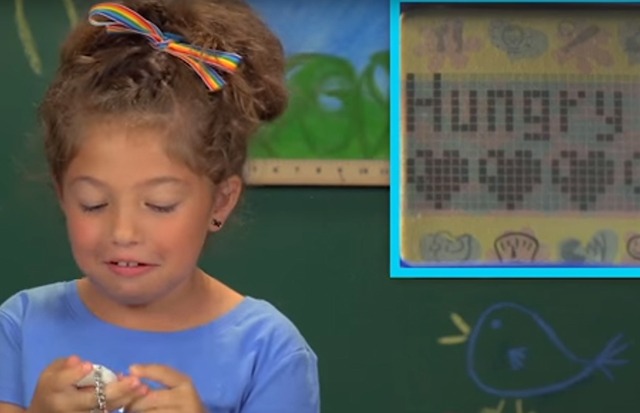Why Adopted Children Still Struggle Over Time

Despite the care they may receive from their adopted families, many students have lower academic performance and diagnosed disabilities.
There is something temptingly tidy about the idea of adoption: A family with extra love and resources meets a child in desperate need of both. The happy ending almost writes itself.
But a research brief published in October by the Institute for Family Studies threw a bit of cold water on this fantasy. The report, written by psychologist Nicholas Zill, was sobering: At the start of kindergarten, about one in four adopted children has a diagnosed disability, twice the rate of children being raised by both biological parents. Adopted children were significantly likelier than birth children to have behavior and learning problems; teachers reported they were worse at paying attention in class, and less able to persevere on difficult tasks.
The reports add to a growing chorus of voices that challenge the popular Pollyannaism around adoption. Recent reporting by Kathryn Joyce and others have raised questions about coercive and dishonest treatments of birth families in international adoptions. A few particularly bad endings have made national news, including novelist Joyce Maynard’s decision to give her two adopted Ethiopian girls to another family in 2012 and the Tennessee mother who put her adopted 7-year-old son back on a plane to his home country of Russia. According to statistics from the federal Child Welfare Information Gateway, up to 10 percent of adoptions—and very possibly more—end in “disruption,” meaning the adoption process is halted after the child is placed in the home but before the paperwork is finalized.
It’s important to note that most of the conditions adopted children are dealing with are things like attention-deficit disorder and learning disabilities, rather than severe intellectual or physical disabilities. And Zill is careful to note that adoptive parents tend to be especially sensitive about their children’s well-being, and aggressive in obtaining diagnoses and related treatment for them. In other words, the very qualities that make adoptive parents stand out—their resources, their proactivity—also prompt them to seek out expert care at the earliest sign of trouble. Another caveat: The sample size of adopted children within the large longitudinal study was 86, so Zill’s analysis has relatively high margins of error.
Still, the report is discouraging on its face. With parents this dedicated, why do adopted children seem to struggle so much? Writing about the first part of the report in October, Olga Khazan noted:
One clue might be attachment theory, which holds that a strong bond with at least one nurturing adult—usually the mother—is essential to a child thriving … Infants and toddlers with a so-called “disorganized attachment” to their earliest caregivers—those who feel frightened of or dissociated from their parents—are more psychologically vulnerablelater in life. Among other things, they have more problems regulating their emotions and managing conflicts without resorting to hostility. Parents who create disorganized attachment with their kids might be the sorts of parents who get their kids taken away and adopted out.
This is surely a significant part of the issue. But defying conventional wisdom, Zill’s new report also suggests no difference between children adopted in infancy and those adopted later in life. In the earlier report on kindergarteners and first graders, children adopted within the first year of life had fewer problems than those adopted later. But a substantial proportion of those not diagnosed by kindergarten received diagnoses later. In the new analysis of older children, there was no statistical difference between the two groups. The new report floats maternal substance abuse in pregnancy as another possible explanation, but emphasizes that it’s mere speculation, because in many cases too little information is known about birth parents.
In fact, “too little information” emerges as a major theme in both reports. The survey data Zill relied on show that many adoptive parents do not possess even rudimentary information about the family backgrounds of their children, such as the birth mother’s level of education. The point is not to discourage adoption, but to ensure that prospective parents go into it with their eyes wide open. As it is, too many adoption stories end with “Happily Ever After” just as the real journey is beginning.












